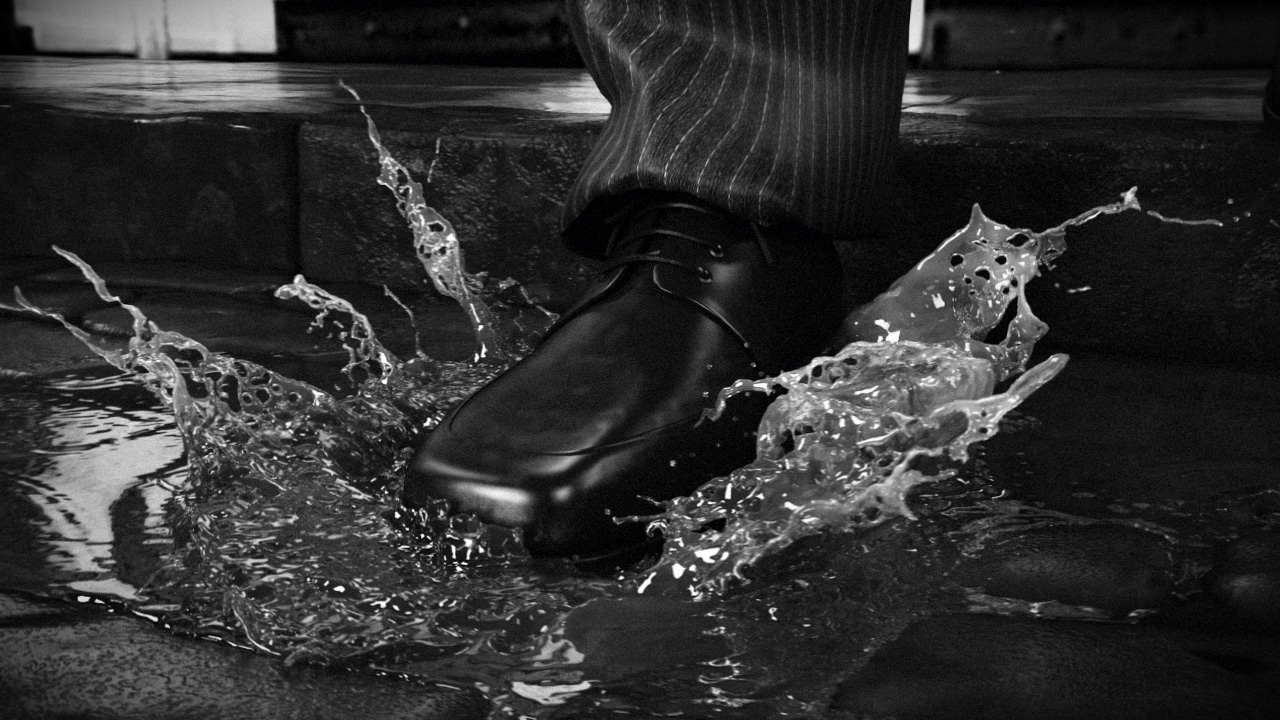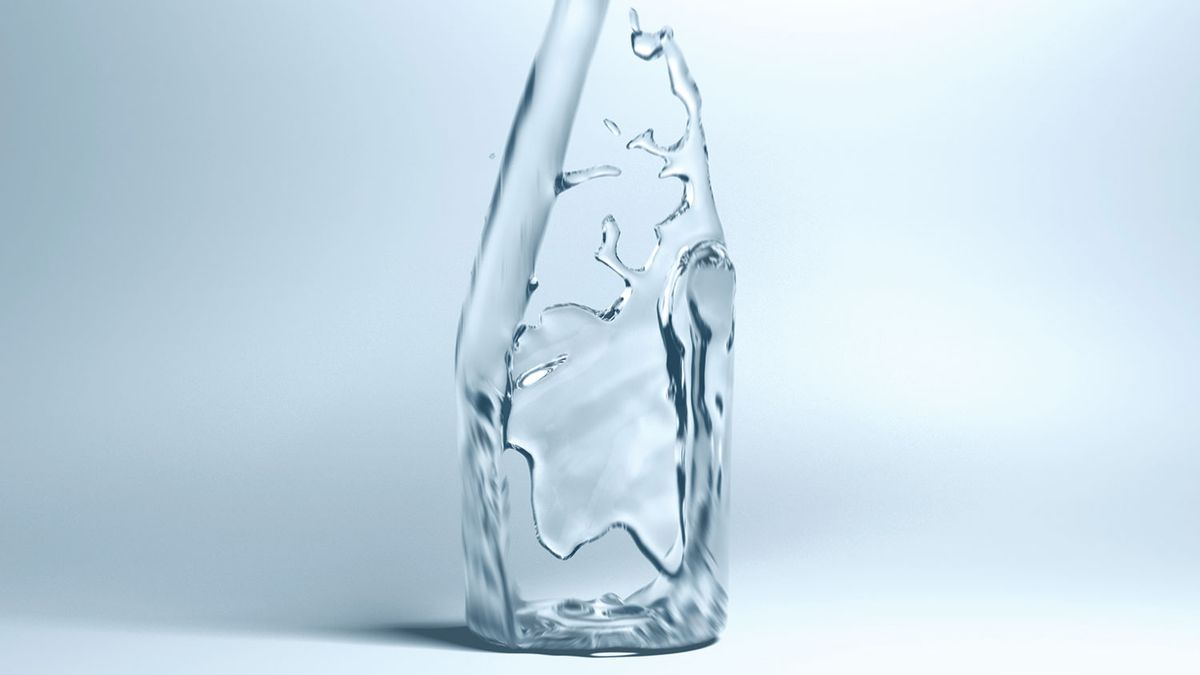
As a side-effect, the fluid's borders become thicker. Higher settings increase a fluid's tendency to contract and form string-like structures. The substeps and iterations settings in the "Scene" node's → " Solver" tab influence how this parameter acts on the fluid. This parameter goes from 0 to 1, and tries to limit a fluid’s expansion tendency comparable to atmospheric pressure. Particles tend to "stick" together with higher values. Internal pressure goes from 0 to 1, and simulates the forces between nearby particles and pushes them apart - this makes the fluid fill a greater volume. The density of water is 1,000 kg/m 3. Avoid very small values close to 0, because they can lead to instabilities. This way you are able to simulate substances like oil and water. “Density” does not change the fluid's behaviour, but it is possible to mix fluids from different domains. This parameter is defined as mass per volume unit and is different for each substance.
Realflow water settings how to#
To learn more about how to link RealFlow scene elements and make them interact take a look at the → " Links" page with examples.All fluid, rigid, and elastic containers inside the drag-and-drop field will be affected by the fluid. If there is only one container in the scene it will be linked automatically, otherwise the connection has to be established manually.for the creation of foam or water-and-oil simulations: RealFlow | Cinema 4D supports interactions between different fluid, rigid, and elastic containers, e.g. Quick access to the "Solver" settings comes in handy when you work with Dyverso materials (granular, viscous, viscoelastic, rigid, elastic).

For descriptions of these parameters follow the links. Furthermore you have direct access to the selected "Scene" tree's → " Solver", → " Cache", and → " Display" tabs.



 0 kommentar(er)
0 kommentar(er)
